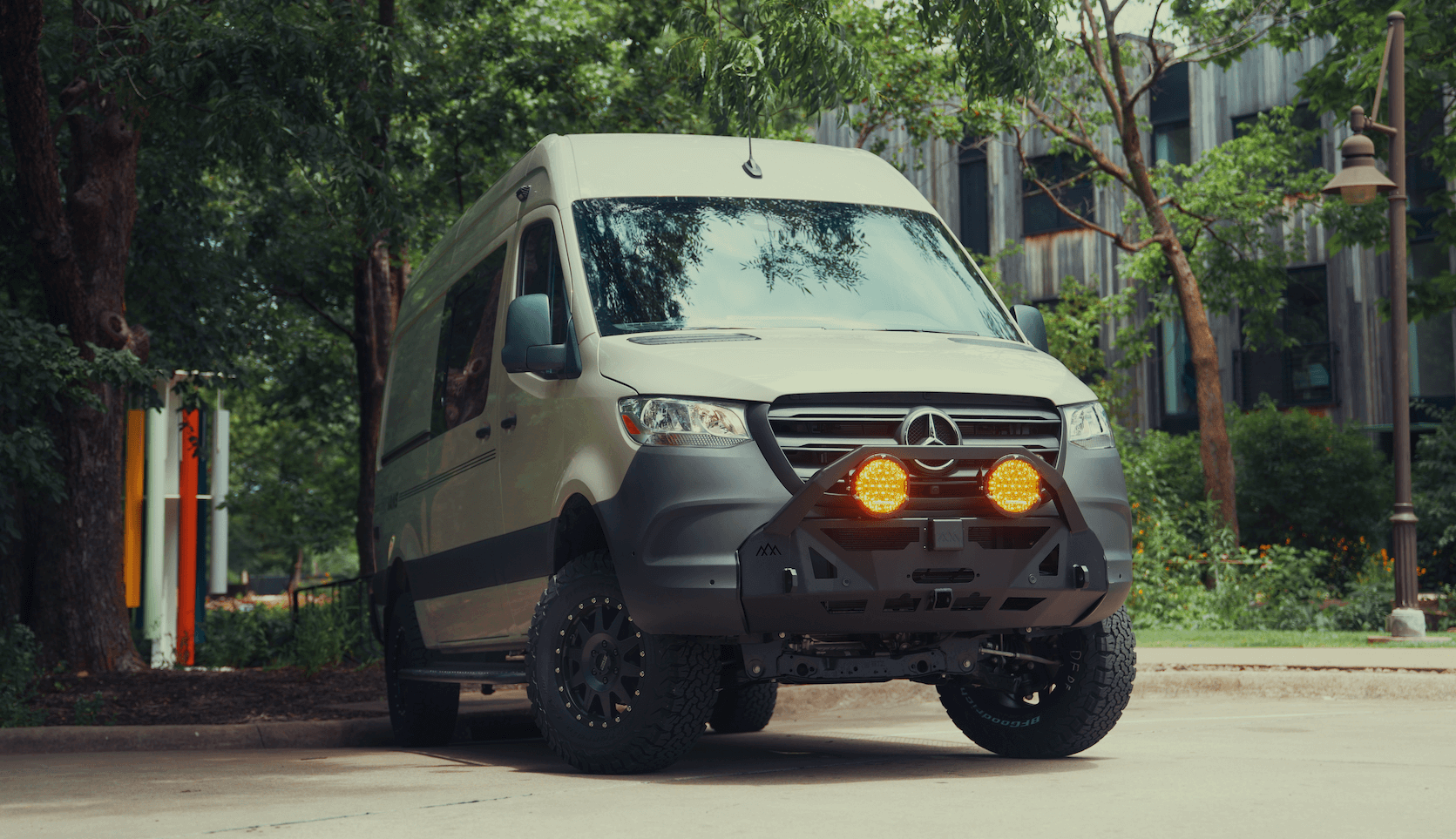Recreational Vans

Arizona holds several deserts, each with its own rhythm. The Sonoran Desert dominates the south with iconic saguaro forests, warm winters, and a lively monsoon season from July through September. The Mojave fringe in the northwest runs hotter and drier, while the high plateaus to the northeast flow into the Painted Desert where elevation tempers heat and nights cool quickly. Winter and early spring are prime for comfortable daytime highs, clear starry nights, and spring wildflowers after wet winters. Late spring into early summer brings extreme heat that challenges both people and vehicles. Monsoon months deliver dramatic lightning, sudden downpours, and flash flooding that can transform dry washes into torrents. Plan with these cycles in mind, and build flexible itineraries that favor morning and evening activity with a long midday shade break when temperatures soar.
Arizona offers a patchwork of public lands suited for dispersed camping and developed sites. Bureau of Land Management districts near Quartzsite, Ajo, and the Arizona Strip allow extensive boondocking with typical 14 day limits. National parks like Saguaro and Petrified Forest emphasize designated areas and strict backcountry rules that protect fragile habitats and cultural sites. National forests near the desert edge including Tonto and Coronado present a blend of developed campgrounds and dispersed options, often with seasonal fire restrictions. State Trust Land requires a recreational permit for camping and day use on many parcels. On tribal lands, permission is essential and rules vary by nation. Whether you tuck into creosote flats, red rock country near Sedona’s high desert, or volcanic badlands by Sunset Crater, expect big skies, sharp plants, wide temperature swings, and silence broken only by wind and wildlife.
Desert camping rewards preparation. The essentials start with water. Plan at least one gallon per person per day in cool seasons and two or more during heat waves, plus reserves for cooking, cleaning, and contingencies. Electrolytes help stave off heat illness. Shade is not a luxury; a quick deploying awning or tarp can turn a punishing midday into a restorative break. Ventilation matters at night when vans and tents radiate stored heat back into sleeping spaces. Fire safety shifts with restrictions. Expect stages that limit charcoal and wood, or require fully contained propane setups only. Wind can scatter embers and topple unanchored stoves; use stable surfaces and carry a fire blanket where allowed.
Wildlife demands respect, not fear. Rattlesnakes, scorpions, and Gila monsters prefer avoiding you; watch hands and feet, use headlamps after dark, and store footwear off the ground. Mind cholla and prickly pear, whose barbed spines turn careless moments into first aid drills. In summer, metal gear and rock slabs heat rapidly; gloves save skin. Lightning safety is crucial during monsoon storms. Avoid ridgelines and isolated tall objects, and never wait out a storm in a wash that can flood.
Travel on durable surfaces and avoid crushing fragile desert crusts and vegetation. In some regions, biological soil crust knits the surface together; one footprint can take years to recover. Pack out all trash and food scraps. Keep noise low. Let night skies do the entertaining.
Soft sand and caliche mud are Arizona constants. Momentum and correct tire pressure beat wheel spin. Air down before you bog, and air up before pavement. Carry a shovel. Avoid crossing dry washes if storms threaten upstream. Park on high, compact ground, not in streambeds that can surge without warning. Give your radiators and brakes an easier day by managing speed on long climbs and descents. Good decisions are the lightest recovery gear.
Desert stargazing adds another layer. Dark sky communities and protected open spaces mean Milky Way arcs, meteor showers, and clear horizons. Night photography flourishes when you scout compositions in daylight, note cactus positions, and respect safety zones.
Now, about your rig. A vehicle that handles heat, dust, and long distances transforms the experience. Quiet power for fridges, fans, and lights keeps camp simple. Thoughtful storage prevents poky plants and grit from tearing up gear. A quick shade setup makes lunch breaks possible when the sun has teeth.
OZK can help dial that in without fuss. Our team builds adventure vans that thrive in desert conditions with high airflow, heat wise insulation strategies, reliable solar charging, lithium power, large water reserves, and easy clean surfaces that shrug off dust. If you are mapping Arizona’s winter boondocks or chasing monsoon storms for photography, we tune layouts for range, shade, and recovery storage so you can focus on the horizon, not the gear pile.
If Arizona’s open desert calls, bring a rig that keeps you cool, powered, and organized. OZK Customs builds and upfits vans for extended boondocking, rugged trail approaches, and sun heavy travel. Tell us how you camp and where you go; we will shape a comfortable, capable van that turns long desert days into effortless memories.
Ready to explore Arizona’s deserts in comfort and safety? Tell us about your trip goals and terrain. OZK Customs builds climate controlled adventure vans with solar power, large water reserves, ventilation, shade systems, and storage that thrives in heat and sand. Start your build conversation now and roll into the desert with confidence.
ADDRESS:
6159 E Huntsville Rd, Fayetteville, AR 72701
PHONE:
(479) 326-9200
EMAIL:
info@ozkvans.com